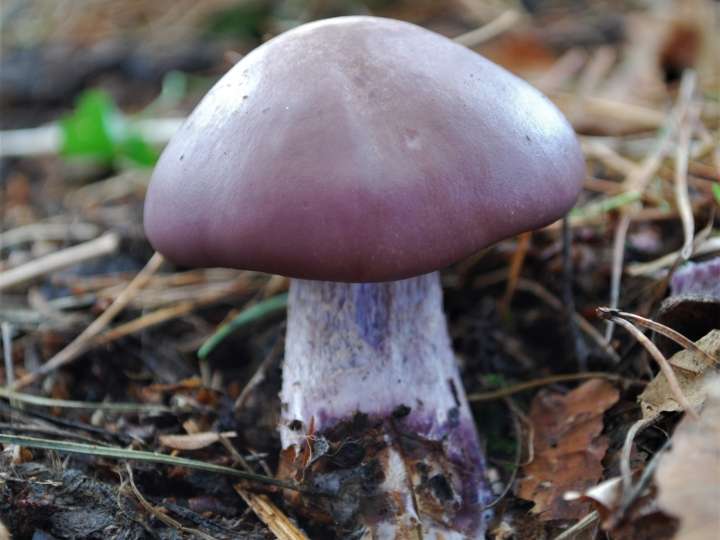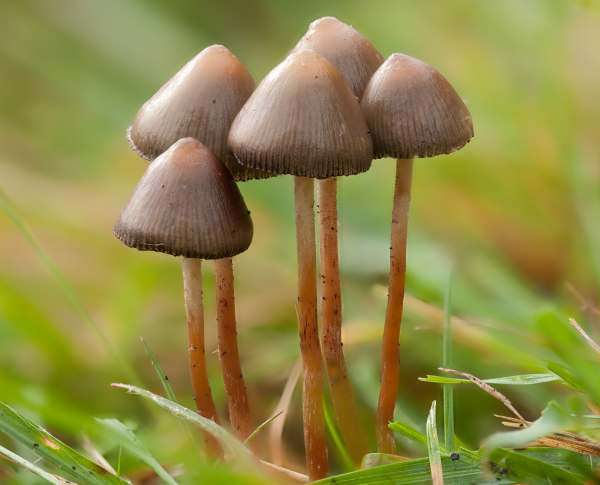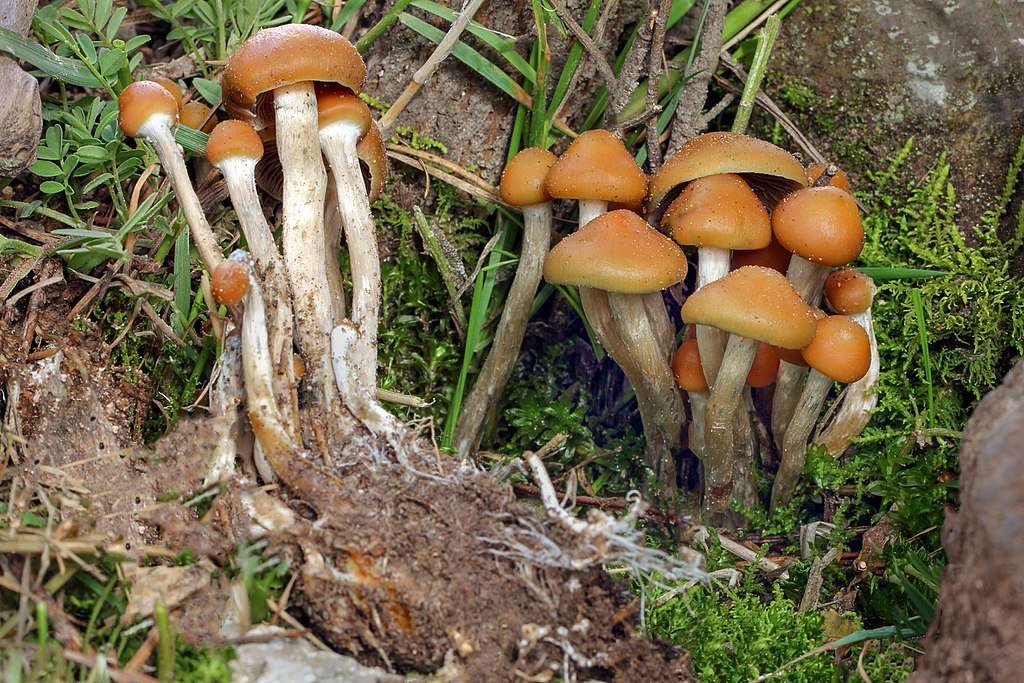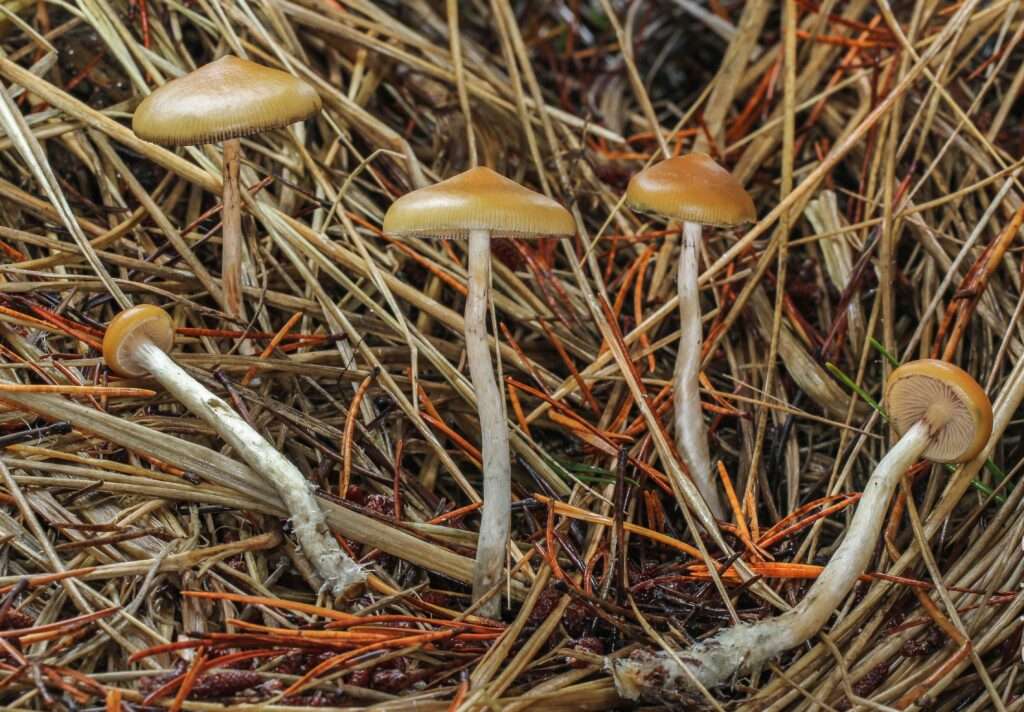
Scientific name
Clitocybe nuda
Description
Wood blewit mushroom is a pastel-toned, lavender-colored, small, and attractive mushroom. They have a brownish, tan, violet, blue, and bluish crown. When immature, they have a dome-like form before turning virtually flat. The diameter of their cap measures about 6–15cm. The inside flesh may seem beige, yellowish, or purple. Purple, violet, whitish, pink, or brown gills are found underneath the cap that often runs halfway down the stem while still being attached to it. The stem is violet, beige, pink, or brownish and frequently becomes longer as it gets older. The diameter of the stem is about 15–25mm and 5–10cm in length.
Their spores have an elliptical form and a texture that is both rough and slightly smooth. The spores are pale to pinkish in color. These mushrooms have a light aroma that reminds one of aniseed. As long as they are sufficiently cooked, wood blewits are usually recognized as a delectable and attractive mushroom.

Habitat
Wood blewit mushroom is endemic to North America and Europe. They preferably grow as a saprobic fungus on dead organic matter. They are mostly found on mist wood logs, fallen broad leaves, and deciduous and coniferous forests.
Uses/Importance
The wood blewit mushroom has main health benefits nutritional, but some people believe it also has therapeutic potential. Traditional uses include treating wounds and preventing the symptoms of thiamine deficiency. When moderately dry, they have a strong, mushroom-like flavor and a substantial, meaty texture. However, they can store a lot of water. It dries quite nicely. They must be cooked properly before consumption is required.
For some tumors, wood blewit could be helpful in immunotherapy therapies. Additionally, mice that had been experimentally given high-fat diets were shielded against the effects of Type II diabetes by extracts of these mushrooms. Additionally, fungus extracts have the ability to serve as antioxidants and are efficient against a variety of bacteria and other pathogens. However, the most obvious advantage of blewits is that they are a very nutritious diet with no cholesterol, little fat, few calories, and a high concentration of several vitamins, particularly thiamine.
Table





